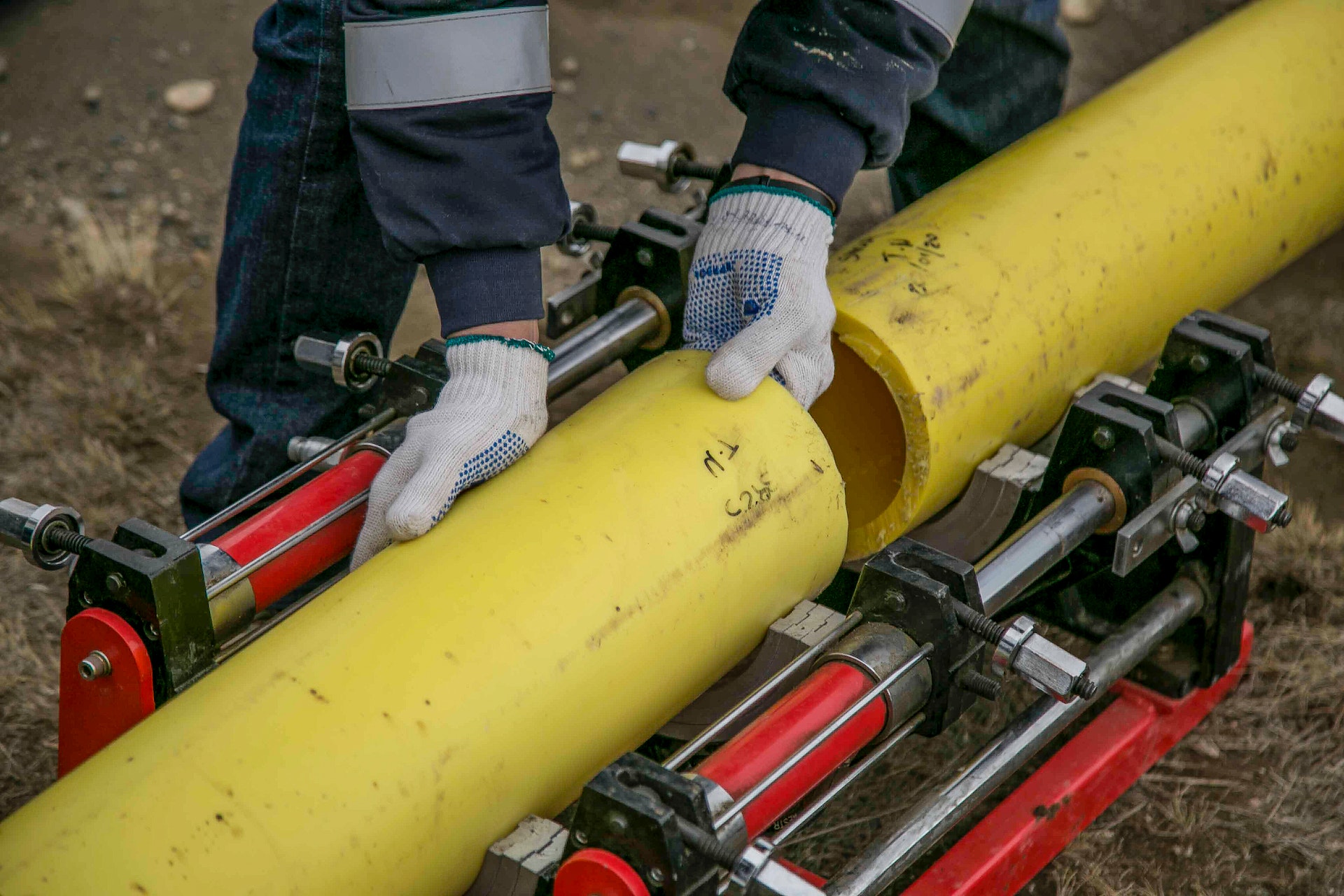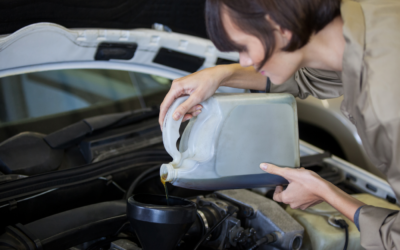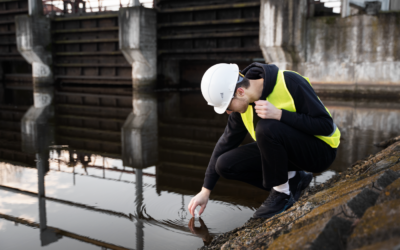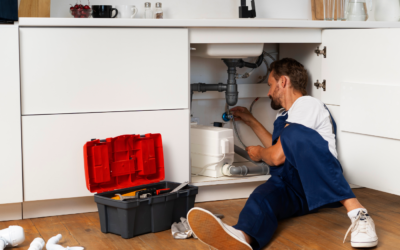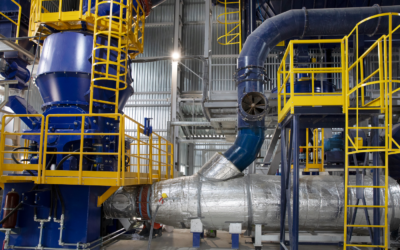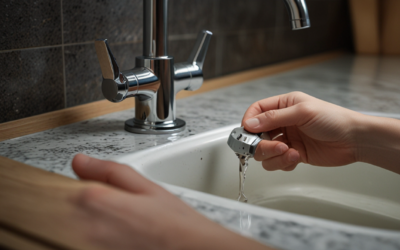Since plumbing is a vital aspect of any home, it’s always advisable to keep it in the best condition possible. A minor problem in the plumbing system can lead to bigger problems, which might require a considerable financial commitment. Plumbing issues can range from simple repairs to major installations, which may require the services of a professional plumber. In this article, we want to highlight a product that has been gaining momentum in the plumbing industry in recent years – the liner.
What is a Plumbing Liner?
A liner is made of a flexible material that is inserted into a damaged or corroded pipe, forming a new “pipe within a pipe.” In essence, it’s a rehabilitation of the existing pipe, rather than a complete pipework overhaul. Also referred to as Cured-In-Place-Pipe (CIPP) lining, the process of installing liners involves inserting a tube of epoxy resin into the current pipe’s interior. The resin is then hardened and cured, creating a strong, corrosion-resistant barrier between the pipe and the contents it carries. The use of plumbing liners has increasingly become popular because of one key attribute – unparalleled stretch characteristics.
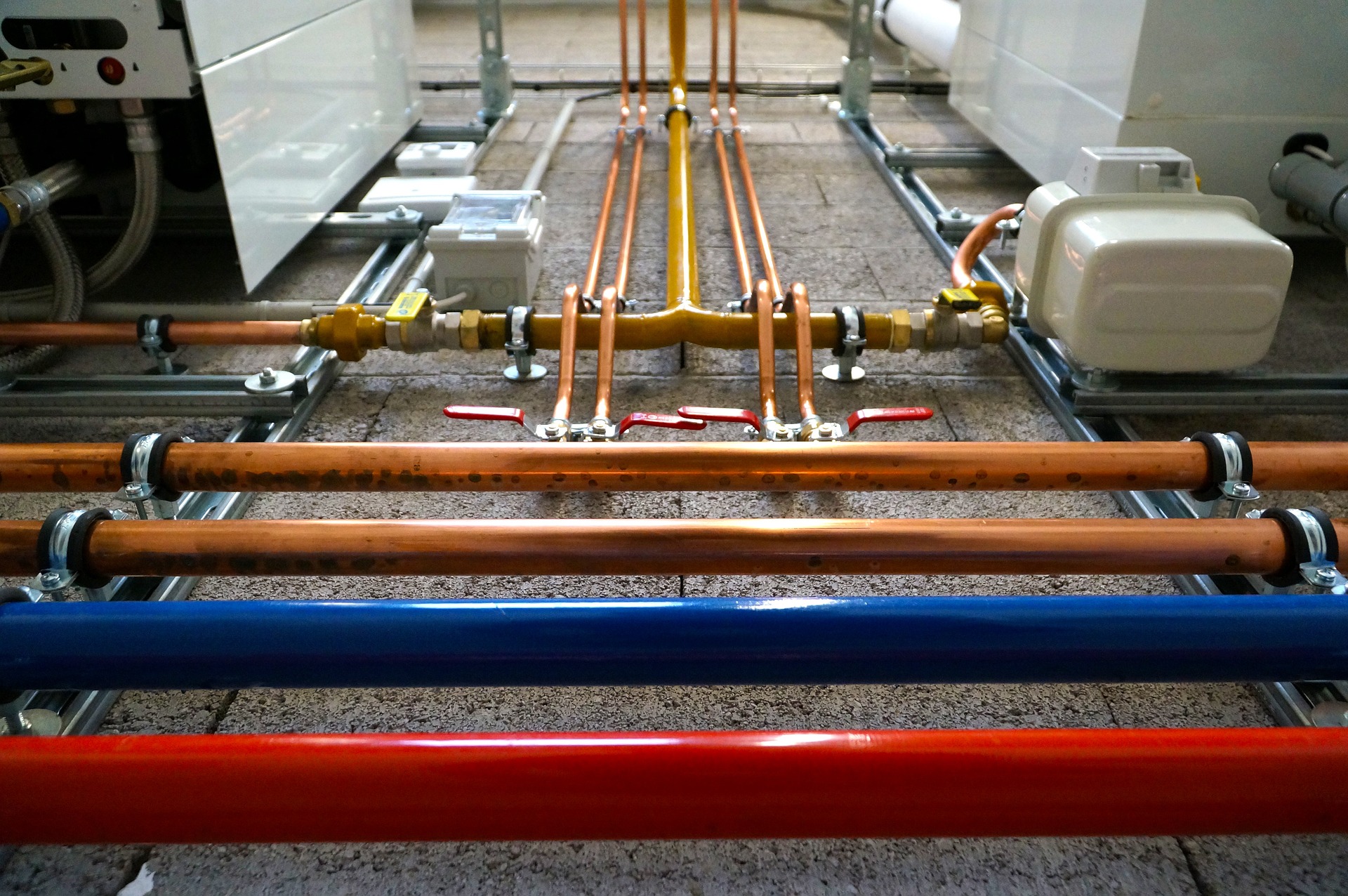
Liner’s Unparalleled Stretch Characteristics
At the core of a successful plumbing repair is the ability of the plumbing product to match the needs of the pipe’s specification. In high-stress conditions and challenging environments, many typical epoxy resins have limitations that make them unsuitable in some applications. However, new-generation liners are designed to withstand extreme conditions with unparalleled stretch characteristics. In simple terms, it means that liners have the ability to expand and contract, making them a more versatile option for plumbing repairs.
This unique stretch characteristic feature makes them an excellent choice for fitting into any pipe configuration, no matter how complicated. The liner’s unparalleled stretch characteristics mean that the material used will only elongate by up to 30%, regardless of the pipe’s configuration or existing condition. This feature makes them ideal for rehabilitations and repairs in pipes of varying sizes and shapes, as well as those in locations that are hard to reach.
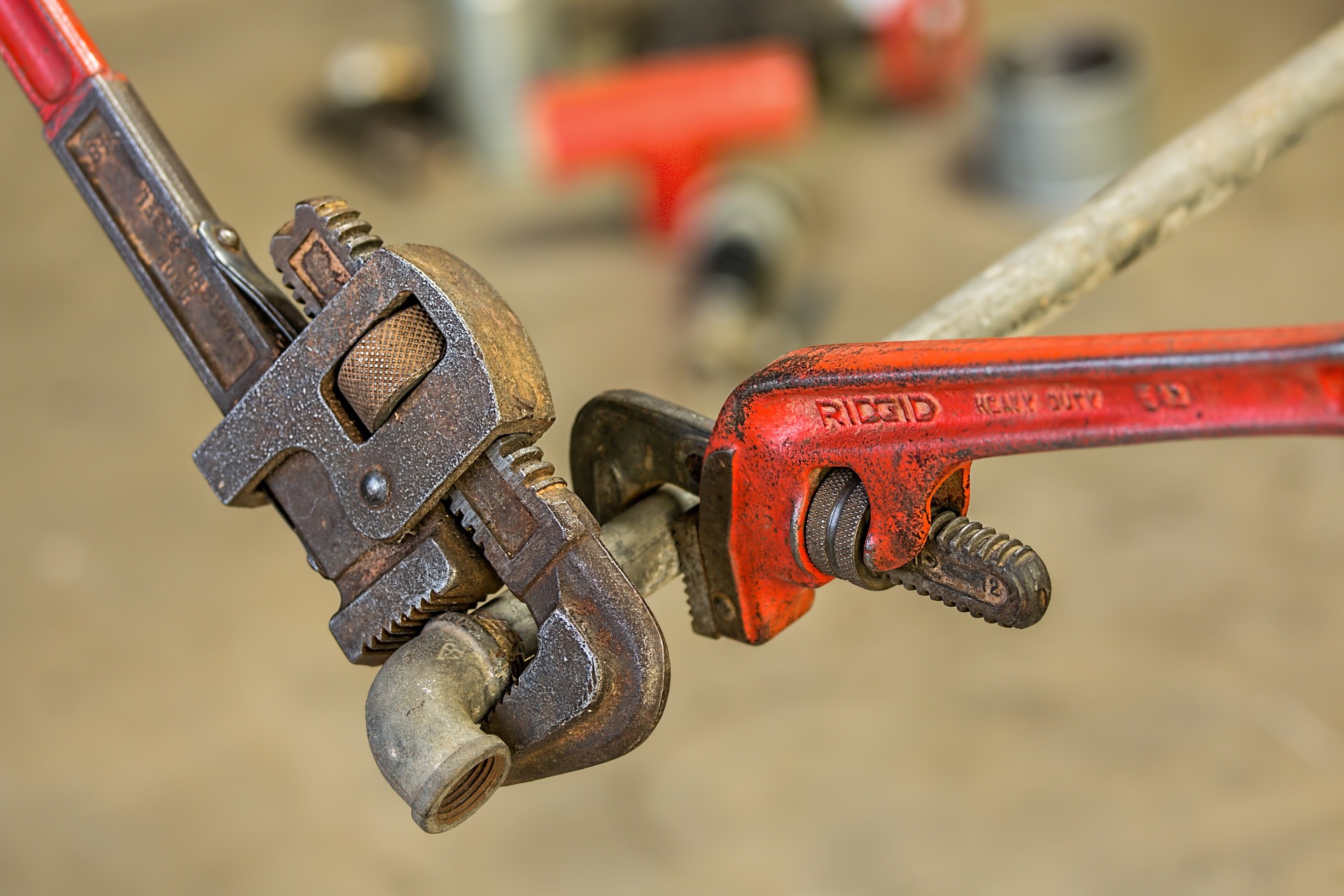
Advantages of Using Plumbing Liners
Now that we understand the characteristics that make plumbing liners exceptional, it’s worth delving into some of the advantages of using them:
1) Minimal disruption during repairs – Liner repairs require minimal disruption to daily activities. Unlike traditional repairs that might involve digging up an entire yard, installing a liner could take as little as a day or two.
2) Cost-Effective – One of the main advantages of using plumbing liners is that repairs are cost-effective. Compared to traditional repairs, liners are a more affordable option. Additionally, because there is minimal disruption of your property, it means you can avoid the extra costs associated with landscaping or repairing your yard after the repair is done.
3) Environmentally- friendly – For years, traditional repairs have always involved using a lot of energy and have polluted the environment. Liners, on the other hand, require less energy and are significantly less invasive.
4) Extended lifespan – Using a plumbing liner means that the pipe’s lifespan is extended, further reducing the need for costly and invasive future repairs.
5) Aesthetically pleasing – Plumbing liners help maintain a professional and polished look, especially if your pipes are visible. They provide a smooth inner surface, which prevents debris or waste from accumulating, leading to blockages.
How to Install a Plumbing Liner
Installing a plumbing liner requires the services of a professional plumber with training, experience, and the right tools. The liner installation process involves the following steps:
a) Inspect the pipe – First, the plumber will inspect the pipe using CCTV equipment to identify the pipe’s condition and detect any damage or leaks.
b) Prepare the pipe- The pipe is then prepared by cleaning it thoroughly, using high-pressure water jets or abrasive cleaning equipment.
c) Install the liner – The liner is then installed into the pipe by inserting a flexible material, which is impregnated with resin. The liner is then inflated or pulled into place, and the resin is cured using hot water, steam, or ultra-violet light.
d) Inspect and verify – Once the liner has fully cured, a final inspection is conducted to ensure that everything is in good order.
Conclusion
Gone are the days when plumbing repairs and installation were done the conventional way. With advanced technology and continuous research, new innovative products like liners are now available in the plumbing industry. Liners have come to revolutionize the way we repair our pipes, making it more efficient and cost-effective. They offer unparalleled stretch characteristics, which make it easy to insert them into any pipe configuration, and their unique characteristics make them ideal for environmentally-conscious investors seeking to prolong their pipes’ lifespan. Suppose you’re faced with a plumbing issue or considering fixing existing damage; there is no better time to try out plumbing liners. Get in touch with Ace Plumbing for a detailed consultation and to learn more about how to install a plumbing liner.

